CONNECTING / REPRESENTING / DISTRIBUTING / EXHIBITING / NEGOTIATING
Alpine Gothic, Patrick Baumüller, Wolfgang Capellari, Katharina Cibulka, Carola Dertnig, Othmar Eder, Lizzy Fidler, jöchlTRAGSEILER, Michael Kargl, Susanne Kircher-Liner, Stefan Klampfer, Annja Krautgasser, Andrea Lüth, Gerald Kurdoglu Nitsche, Michaela Niederkircher & Christine S. Prantauer, Simona Obholzer, Maria Peters, Annette Sonnewend & Sigrid Sonnewend & Brigitte Redl-Manhartsberger, Michael Strasser, Johanna Tinzl & Stefan Flunger, Michael Ziegler
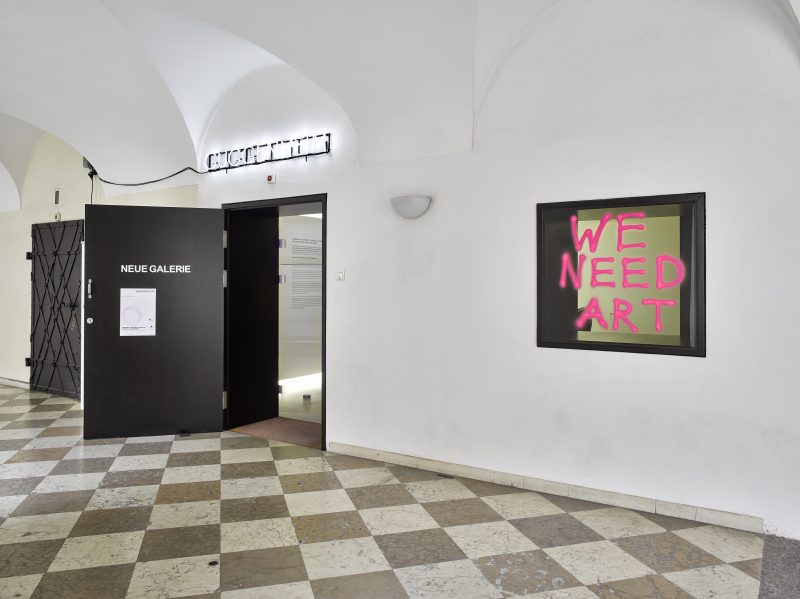
As the Tiroler Künstler*schaft marks its 70th birthday, it is celebrating with a members’ exhibition that attempts to define the association’s current position. In this context, the institution’s dynamic history serves as a foil to questions regarding its role and function in contemporary art production.
The Tiroler Künstler*schaft belongs to a tradition of art associations which emerged in the German-speaking countries as a result of a bourgeois striving for emancipation in the 19th century. It provides artists with resources and represents their cultural, economic and social interests. Through exhibitions and events it opens up space for the presentation of and debate with contemporary art.
In her doctoral dissertation “Vereinigungen und Gruppierungen Tiroler Künstler im 20. Jahrhundert” (Associations and Groups of Tyrolean Artists in the 20th Century) dating from 1980, Sieglinde Hirn, art historian and administrative director of the Künstler*schaft for many years, reveals that initially the Tyrolean State Society of the Professional Association of Fine Artists in Austria had the “character of an economic community of necessity”. For membership was a precondition to the receipt of food ration cards. And so not only an initiative to promote art in the Tyrol was founded in 1946 – it was also a community of interests helping to ensure that many artists maintained a livelihood.
Artists today face different challenges to those in 1946. Between local roots and international orientation, frequently changing places to live, work and stay – in particular the younger generation – they often work under precarious conditions. A globalized art world and the utilization interests of an art market oriented on competition mean that artists’ associations are confronted by new, conflicting conditions. Correspondingly, the role of the Tiroler Künstlerschaft is more complex today – functioning as a community of interests that connects, represents, distributes, exhibits and negotiates.
Starting out from the history of the association, the curators have invited members of the Künstler*schaft to submit both existing and new artworks. Here, the foundation has been questions regarding the association’s function, as well as wishes, points of criticism and suggestions for future change. Reactions or answers to these questions, as well as selected artistic projects, and personal statements by members are displayed as postcards in the exhibition.
A timeline, visually connecting the two exhibition spaces in the Neue Galerie and the Kunstpavillon, marks key moments in the eventful history of the Künstler*schaft. In dialogue with the artworks, this leads to conclusions regarding the situation of today’s artists in general and the association in particular.
Some of the artistic works in the exhibition investigate the history of the Tiroler Künstler*schaft. A part is played by its function ensuring a livelihood (Niederkircher & Prantauer, Baumüller), as well as the autobiographical context (Krautgasser, Sonnewend), and the conflicting relations between the artistic avant-garde and the NS regime (Dertnig). Other artists devote themselves to working and exhibiting conditions for women from an historical and contemporary perspective (Cibulka, Fidler, Sonnewend & Sonnewend & Redl-Manhartsberger). The structural and functional logics of art institutions, their links to audiences and to public space (Eder, jöchlTRAGSEILER, Klampfer, Kargl, Nitsche, Obholzer, Strasser), and also their dialogic function as instances of negotiation and networking (Capellari, Ziegler, Kircher-Liner) are further thematic emphases in the exhibition. In addition, regionalism and the Alps are the object of artistic investigation, not without highlighting economic utilization of artistic production in this context (Alpine Gothic, Lüth). Finally, Tinzl & Flunger visualize how history cannot be conceived as linear, but is always a construction with the “present time as its focal point”.
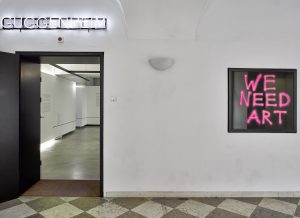

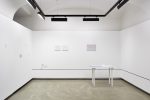
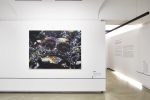
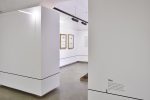
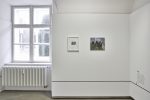
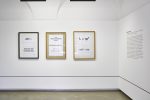

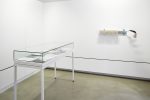
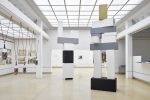
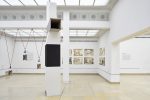
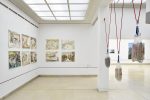

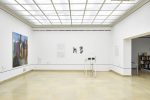
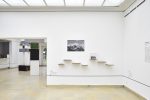
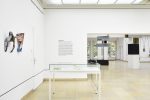
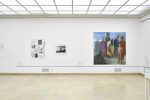
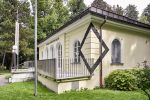

Georgia Holz, Barbara Mahlknecht